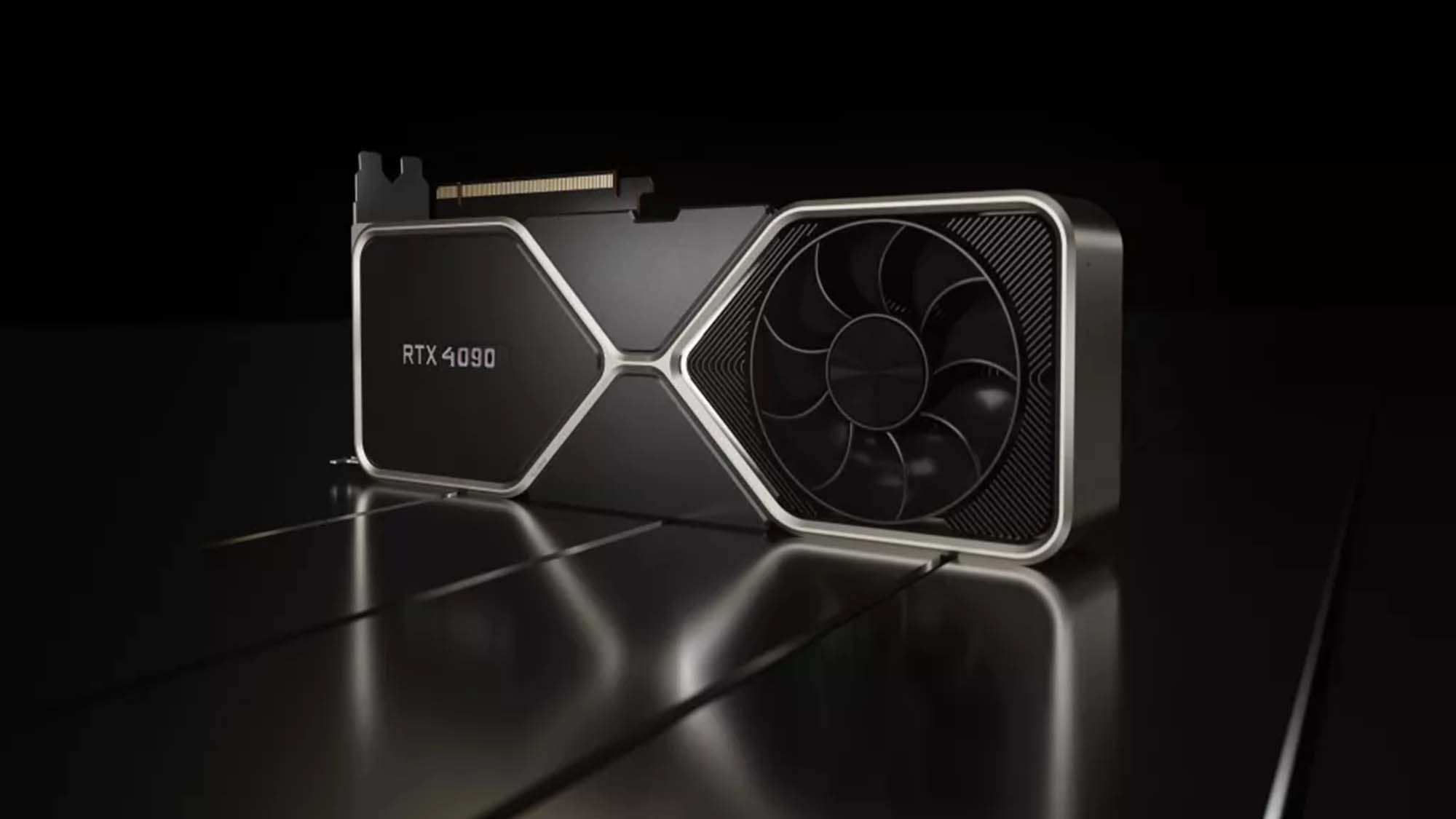Nvidia’s RTX 4090 graphics card, which will hit the shelves in under two weeks now, has been spotted in fresh leaked benchmarks which have caused a touch of disappointment among some folks.
The GPU has been run through its paces in the Geekbench CUDA test as flagged up by Benchleaks on Twitter (which Wccftech (opens in new tab) spotted, via VideoCardz (opens in new tab)).
[GB5 GPU] Unknown GPUCPU: AMD Ryzen 9 7950X (16C 32T)Min/Max/Avg: 5549/5690/5685 MHzCodename: RaphaelCPUID: A60F12 (AuthenticAMD)GPU: GeForce RTX 4090API: CUDAScore: 417713, +168.6% vs RTX 3070VRAM: 23.99 GBhttps://t.co/BFyQ6acdRYOctober 1, 2022
As always, let’s stay skeptical and always keep in mind that fakery could be at play, but the two scores reported for the RTX 4090 are 417,713 and 424,332, so essentially around the 420,000 mark.
Going by Geekbench CUDA comparisons, this makes the RTX 4090 close to 80% faster than its predecessor the 3090, and about 60% quicker than the fastest Ampere card, the RTX 3090 Ti.
Note that the PC which the Nvidia flagship GPU was tested in had a Ryzen 9 7950X processor (in an X670E motherboard) and was equipped with 32GB of DDR5-6000 RAM, so the supporting cast, as it were, was strong in this case. (As a sidenote, the 7950X managed an average boost of very close to 5.7GHz through the benchmarking).
Analysis: Don’t jump the gun and judge too early
Geekbench CUDA is of course a measurement of heavyweight workloads (data center), so professional users will be more keen on seeing these results, not gamers. But it’s still interesting for all parties to see the relative power – add seasoning, naturally – of the RTX 4090 versus the RTX 3090 in the first non-Nvidia benchmark.
There are some who believe this is a good pointer towards the kind of ballpark performance we will get for standard gaming – meaning rasterized, as opposed to ray-traced, the latter of which has been Nvidia’s main focus for the pre-release marketing ahead of the RTX 4090 going on sale. (Well, that and how much DLSS 3 will boost performance in a huge way, for games that support it anyhow).
Nvidia has said that next-gen Lovelace GPUs will be capable of doubling up rasterization performance compared to Ampere graphics cards, but that’s a best case scenario, and the gains for a lot of PC games may well fall somewhat below that, and as mentioned possibly in line with what we see here for these Geekbench CUDA runs.
We shall see, but really, we wouldn’t read too much into this leak – it’s just one test, after all, and not a commonly relied upon metric either.
All in all, we need to reserve judgement for when we can fully evaluate the powers of the 4090 ourselves across a suite of different games and of course software. (Don’t forget, this GPU is really more targeted at creative pros who are willing to dig deep into their pockets to cover the exorbitant price tag, than enthusiast gamers – but the latter type of buyer, who must have the best gaming GPU, certainly exists, it’s just a niche category).





